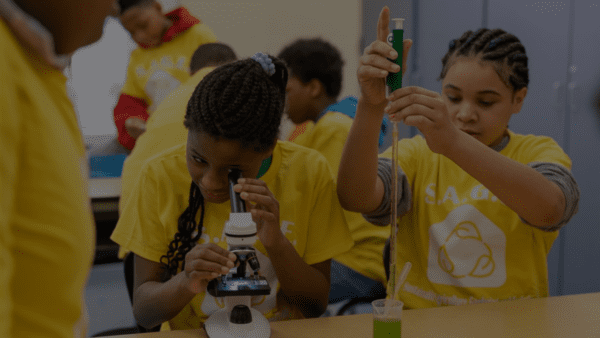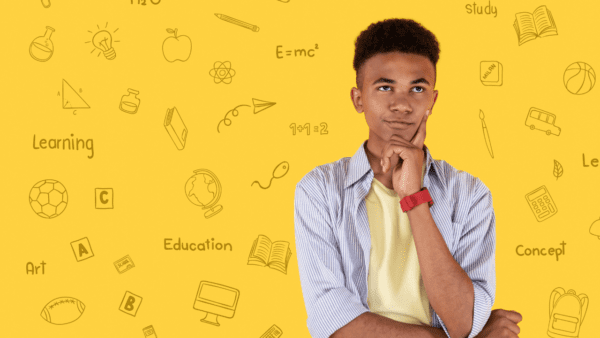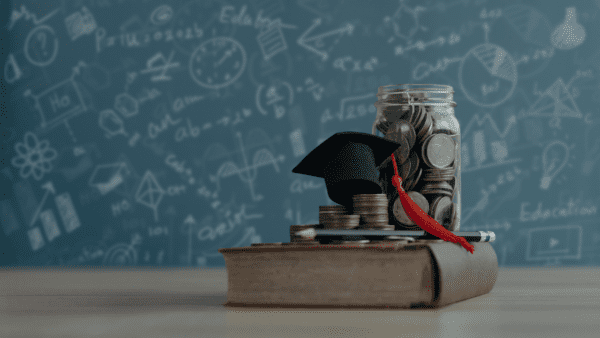As proponents and purveyors of STEM education, we at STEM Greenhouse are not just observers of the evolving world – we’re active participants. Witnessing the ongoing evolution of STEM education firsthand, we’re excited to share the trends we foresee shaping the landscape in 2024.
Our commitment goes beyond staying current; we’re focused on anticipating changes and preparing to bridge gaps, ensuring that our students lead the way into the future.
Gamification: The Digital Classroom of Today
The Trend: The digital revolution in education continues to accelerate, with online learning platforms bringing a whole new level of interactivity to education, particularly in STEM. Gamified learning apps are becoming a staple, turning complex topics into engaging, accessible experiences. These platforms serve a dual purpose for learners: providing an exciting entry point for beginners and enhancing the learning experience for those looking to practice or master a particular subject.
The Emerging Gap: But what happens when a student’s school doesn’t have the resources to provide technology to support these apps? This growing reliance on online learning platforms and interactive apps leads to a significant digital divide, particularly affecting students and schools with limited resources.
This gap results in disparities in access to technology, quality of educational materials, and digital literacy skills. Students lacking these resources may also experience reduced engagement in learning and could be disadvantaged in preparing for future careers.
Coding Skills: No Longer Just for Programmers
The Trend: The demand for coding skills is not slowing down; it’s becoming more crucial each day. With coding programming designed to target even the youngest learners, understanding and manipulating code is essential for students to keep pace with technological advancements and future career demands.
The Emerging Gap: A significant concern arises for students in under-resourced schools with insufficient computer access or specialized coding education. This lack of resources can lead to a widening educational divide, where students from well-funded schools advance in tech skills. At the same time, their counterparts in less affluent areas need to catch up, potentially facing limited opportunities in technology-centric careers.
Typing: The Underrated Skill Everyone Needs
The Trend: As digital proficiency becomes a non-negotiable skill; typing is back in the spotlight. Even some standardized tests are now being conducted online, necessitating the need for proficiency in typing. Recognizing this shift, it’s important to refocus on keyboarding skills in all educational curriculums to ensure students are prepared for a digital-first world.
The Emerging Gap: However, a disparity emerges as many schools, particularly those with limited resources, may still need to update computer labs or comprehensive typing programs. Despite being proficient in texting on mobile devices, many students find themselves unskilled in traditional keyboard typing, a skill increasingly crucial in nearly all professional fields. Unresolved, this gap will undoubtedly lead to students from less-resourced schools being less prepared for digital assessments, affecting test outcomes and future academic (and life) paths.
Immersive Learning: The AR/VR Takeover
The Trend: Augmented and Virtual Reality (AR/VR) are not just futuristic concepts but current classroom tools. These technologies are revolutionizing how we teach complex STEM subjects, providing immersive experiences that were once unimaginable.
The Emerging Gap: Interestingly, AR and VR technologies have the potential to narrow the educational divide between well-funded and underfunded STEM programs. They present a sustainable, reusable solution for conducting intricate and typically costly lab experiments. However, the challenge lies in the high initial costs of implementing these technologies. The upfront investment in AR and VR equipment and software can be a significant barrier for schools with limited budgets despite the long-term benefits and savings they offer.
Green Education: Here to Stay
The Trend: As the world grapples with environmental challenges, sustainability, and climate science have become integral to STEM learning. This renewed focus on subjects ranging from farming and agriculture to marine life to hunting offers students valuable hands-on experiences and knowledge applicable to real-world situations.
The Emerging Gap: However, a noticeable gap emerges in schools facing resource constraints. Some schools struggle to offer a robust curriculum in sustainability and climate studies without adequate funding for experiential learning, such as field trips, access to advanced laboratory equipment, or the availability of certified science educators. This lack of comprehensive educational resources can leave students in these settings with a less thorough understanding of crucial environmental topics.
Conclusion: Leading the Way Means Mitigating the Gaps
As we embrace these trends for 2024, we’re not just adapting – we’re leading the charge. The future of STEM education is bright, and at STEM Greenhouse, we’re committed to ensuring that every student has the tools, skills, and opportunities to shine.
Join us as we pave the way for a more inclusive, innovative, and inspiring educational landscape. Visit stemgreenhouse.org to donate and fight with us to close the gaps.






